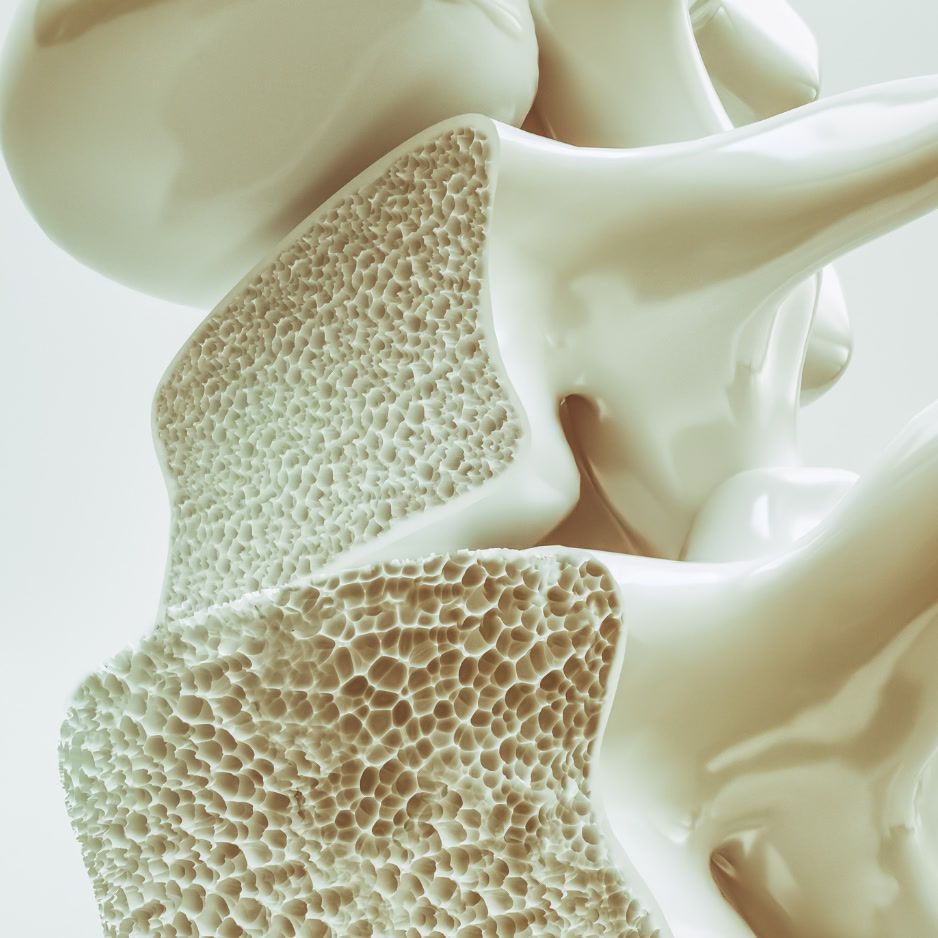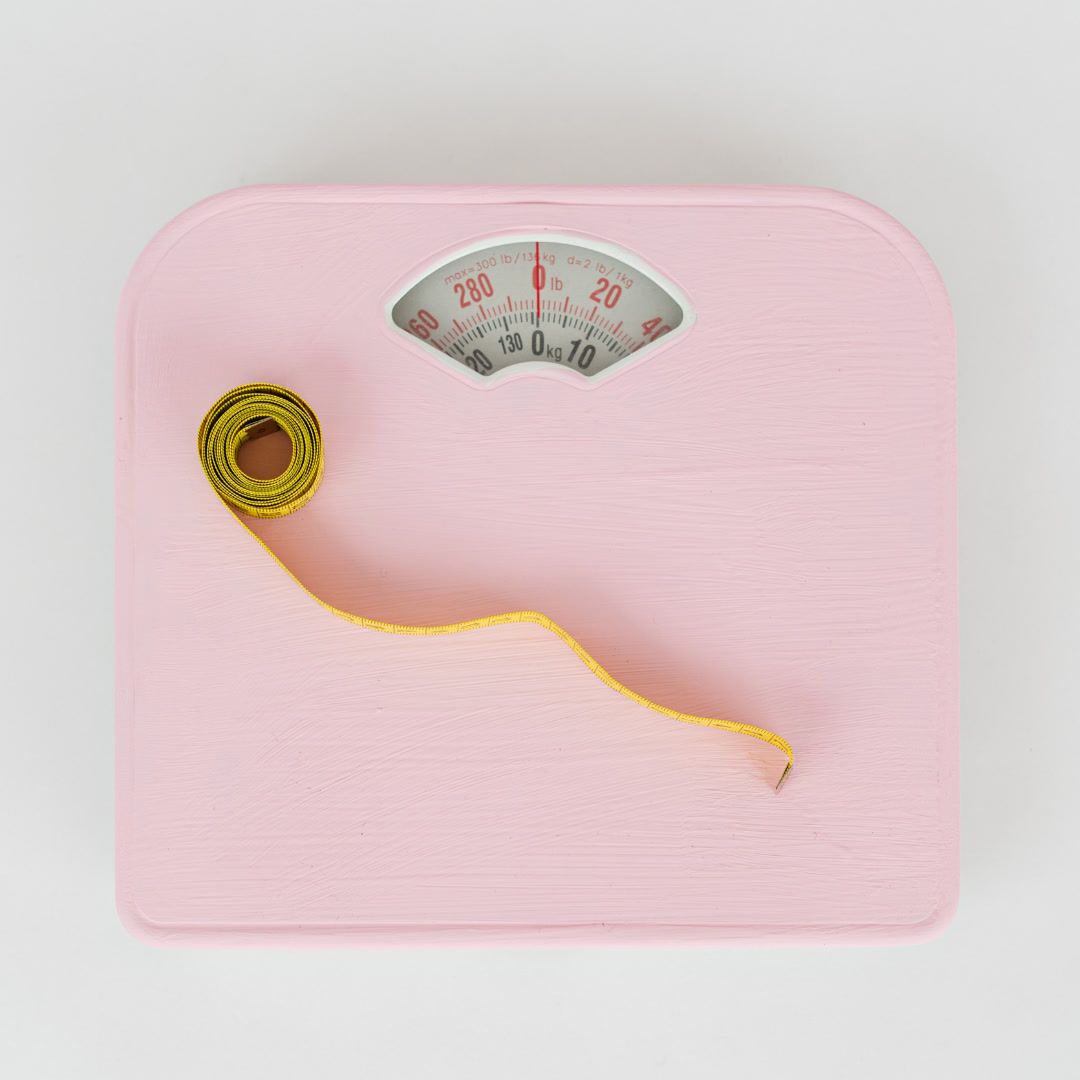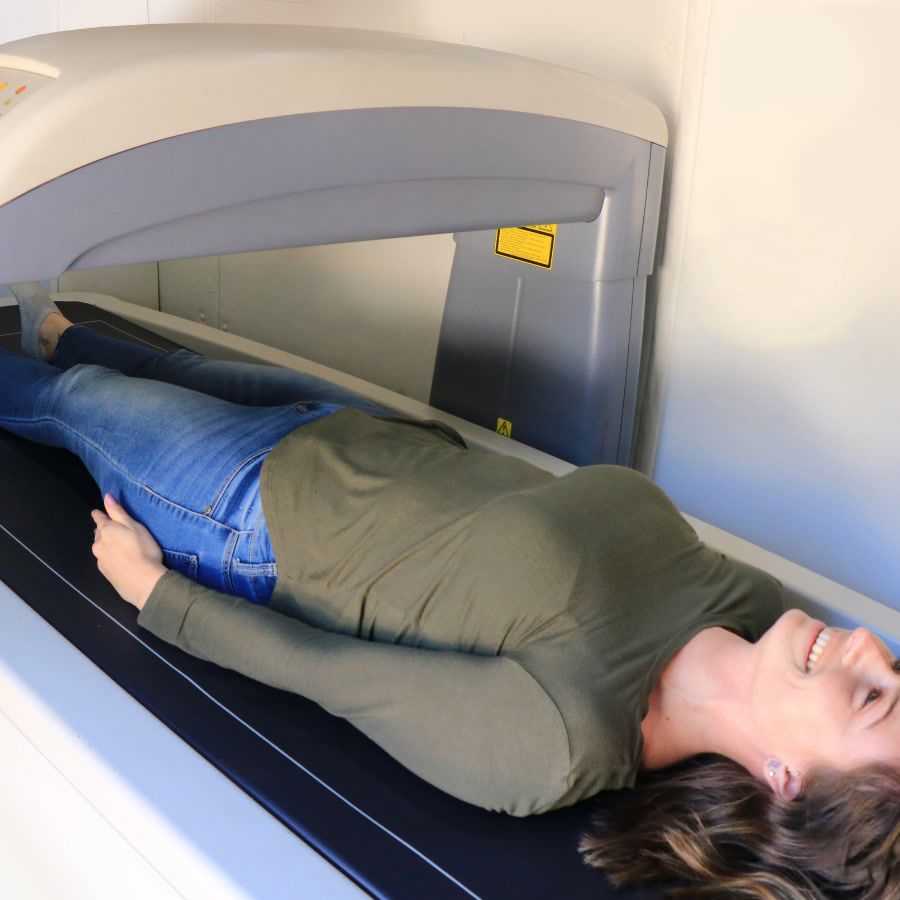Longevity Protocol: Tiered, Evidence-Based Guide

Longevity Protocol: A Tiered, Evidence‑Backed Guide
Looking for a simple, science‑based longevity protocol you can actually follow? Start with a few core habits each week: move your body, lift some weights, sleep 7–9 hours, and eat Mediterranean‑style. Next, layer in a repeatable 30‑day plan. Finally, track a short list of metrics at home, in clinic, and with your clinician.
Regular BodySpec DEXA scans help you personalize the plan, measure progress on visceral fat, lean mass, and bone density, and spot early concerns — like a downward bone trend — before they progress to more significant health issues.
If you’re new to the concept, check out our primers on what healthspan is and how to measure healthspan.
The 30‑Second Longevity Protocol
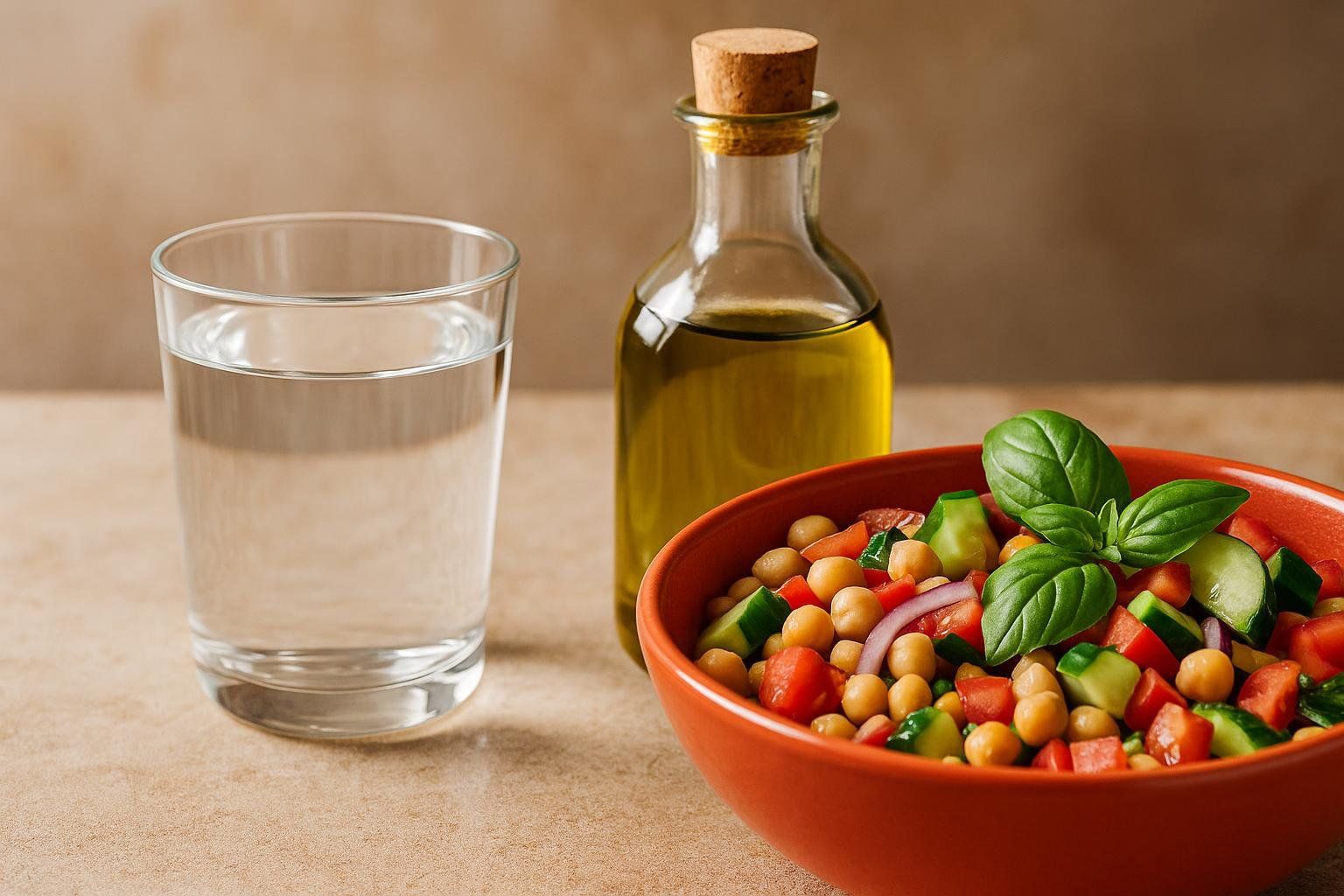
Do these consistently and you’ll cover the biggest levers for long‑term health.
- Move most days: accumulate at least 150 minutes/week of moderate aerobic (or 75 minutes vigorous) and do muscle‑strengthening work on 2+ days/week (CDC guidelines).
- Sleep 7–9 hours nightly (protect a consistent wind‑down routine).
- Favor a Mediterranean‑style pattern (The Longevity Diet) — vegetables, legumes, whole grains, fish, olive oil — linked with lower all‑cause mortality in women over 25 years of follow‑up (JAMA Network Open, 2024).
- Keep alcohol minimal or none — there’s no proven “safe” level (WHO, 2023).
- Track body composition and visceral fat every 8–12 weeks. Use DEXA to see fat, lean, visceral fat (VAT), and bone density with high precision (Bone review).
Book your baseline scan and schedule your follow‑up at the same time to keep your momentum going.
Tiered Longevity Protocols: Start Where You Are
Pick the tier that fits your current bandwidth. Level up when it feels automatic. Pair each tier with periodic DEXA scans to confirm you’re gaining or maintaining lean mass, reducing visceral fat, and keeping bone healthy.
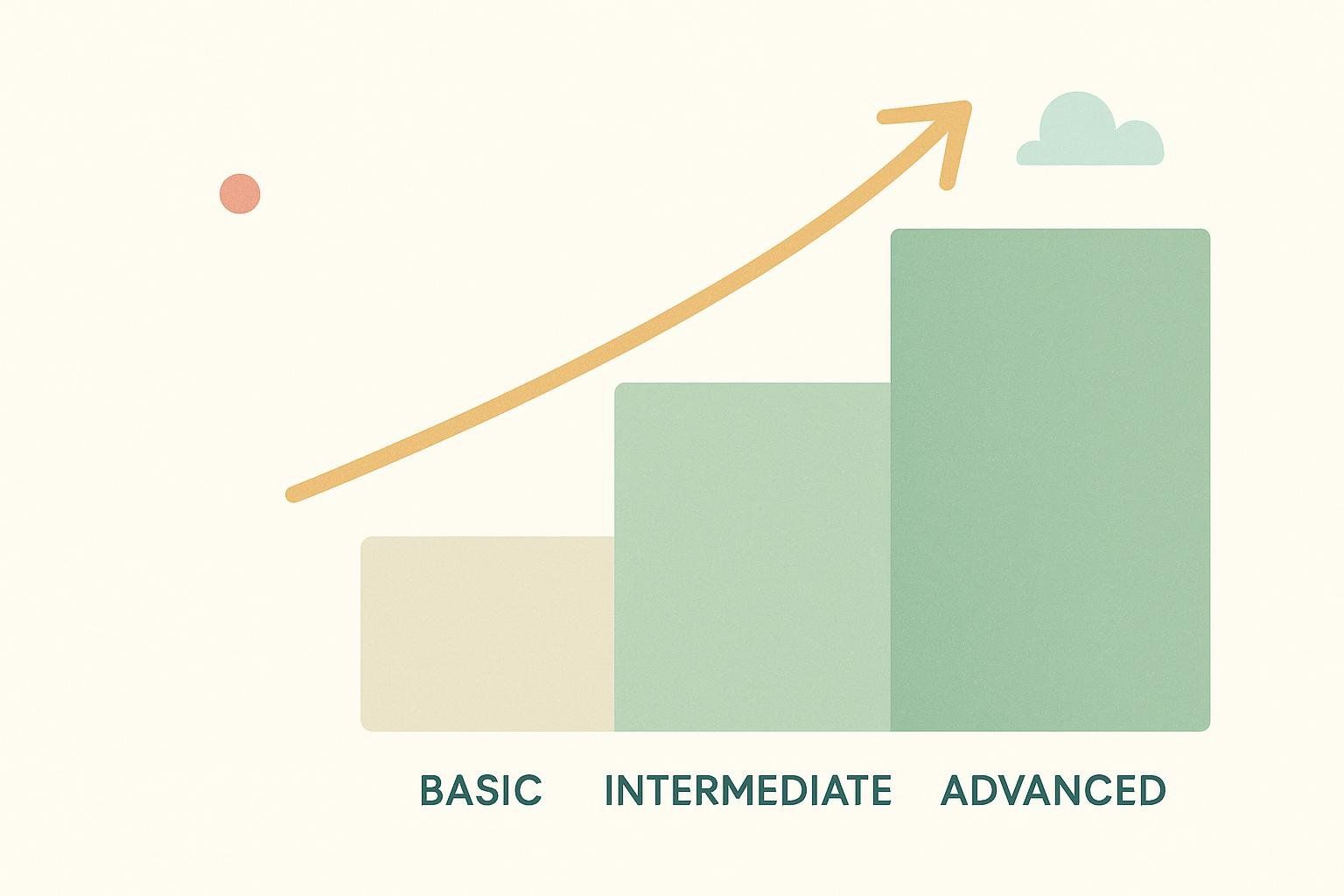
| Tier | Daily | Weekly | Monthly/Quarterly | Biomarkers & Tracking |
|---|---|---|---|---|
| BASIC | 7,000–10,000 steps; 7–9 hours sleep; 2 palm‑size servings of vegetables; olive oil as primary fat | Fish 2×/week; 2× full‑body strength (20–30 min); 1× intervals (e.g., 6–10× 1‑minute brisk efforts); weigh and tape waist | Plan meals; review progress | Get a baseline DEXA scan at month 0; re‑scan every 8–12 weeks. Watch VAT trend and total fat mass. |
| INTERMEDIATE | Protein at each meal; 10–12 h eating window; limit alcohol to near‑zero | 3× strength (push/pull/legs or full‑body); 1–2× intervals + 1 long easy session; weigh and tape waist | Add one new recipe/skill; adjust calories to goal; habit review | Discuss HbA1c screening from age 35 with your clinician (ADA 2024). Maintain DEXA every 8–12 weeks; monitor trends in VAT and ALMI (Appendicular Lean Mass Index). |
| ADVANCED | Mediterranean‑forward meals with 25–35 g fiber/day; 5–10 min mindfulness | 3–4× strength (periodized); 2× intervals; long hike or sports activity; weigh and tape waist | 30‑day block reviews; plan deload weeks; consider medically supervised fasting if deemed safe and appropriate by your clinician | Build a “Healthspan panel” with your clinician (ApoB/lipids, hs‑CRP, Vitamin D) and track trends alongside DEXA VAT, ALMI (Appendicular Lean Mass Index), and bone density (Bone review). |
Why Fitness and Muscle Are Non‑Negotiable
- Higher cardiorespiratory fitness is strongly linked to lower mortality — with no ceiling effect observed in a massive treadmill test cohort (JAMA Network Open).
- Grip strength (a simple strength proxy) predicts lower all‑cause and cardiovascular mortality across 17 countries (PURE study – The Lancet).
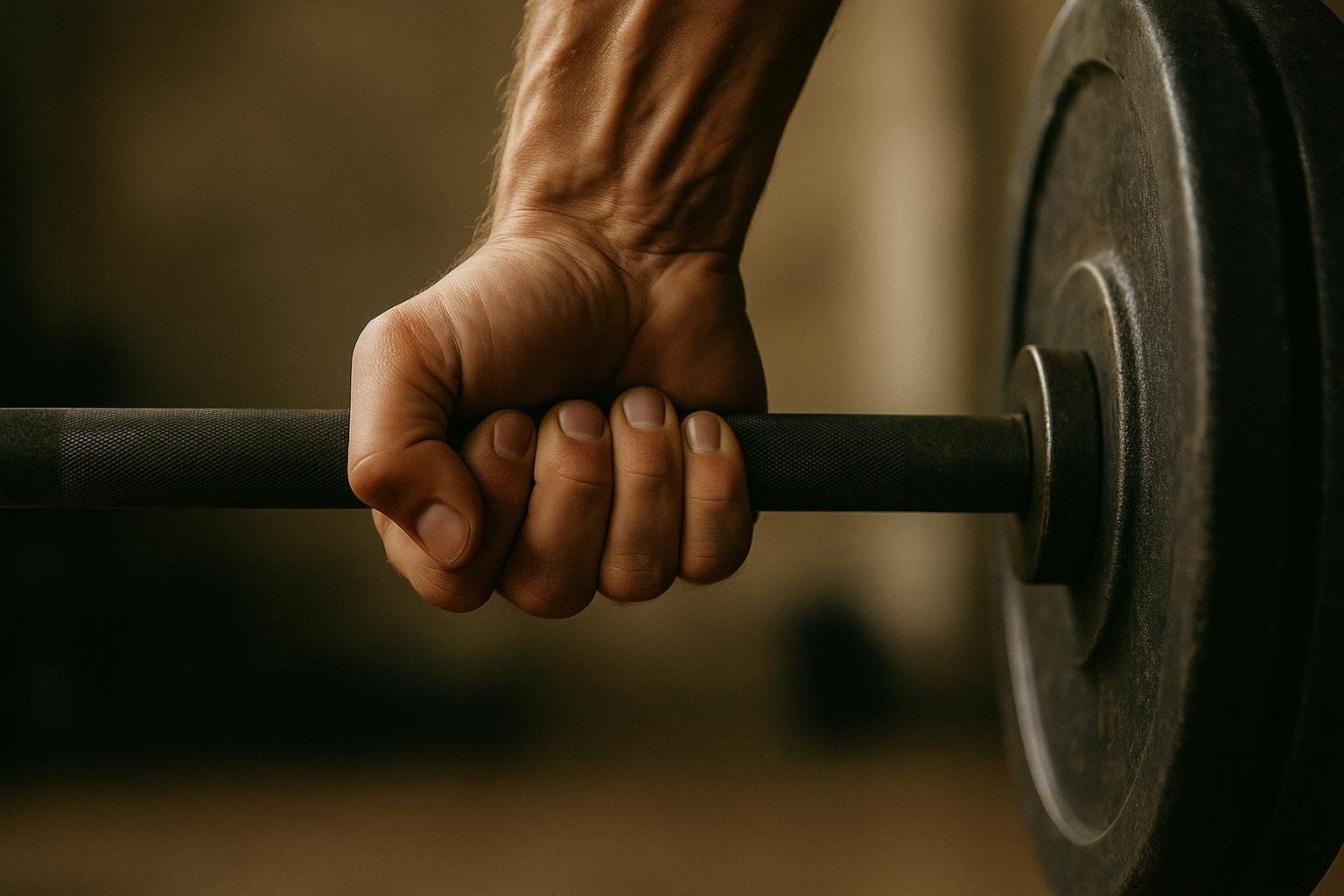
Key Health & Lifestyle Considerations
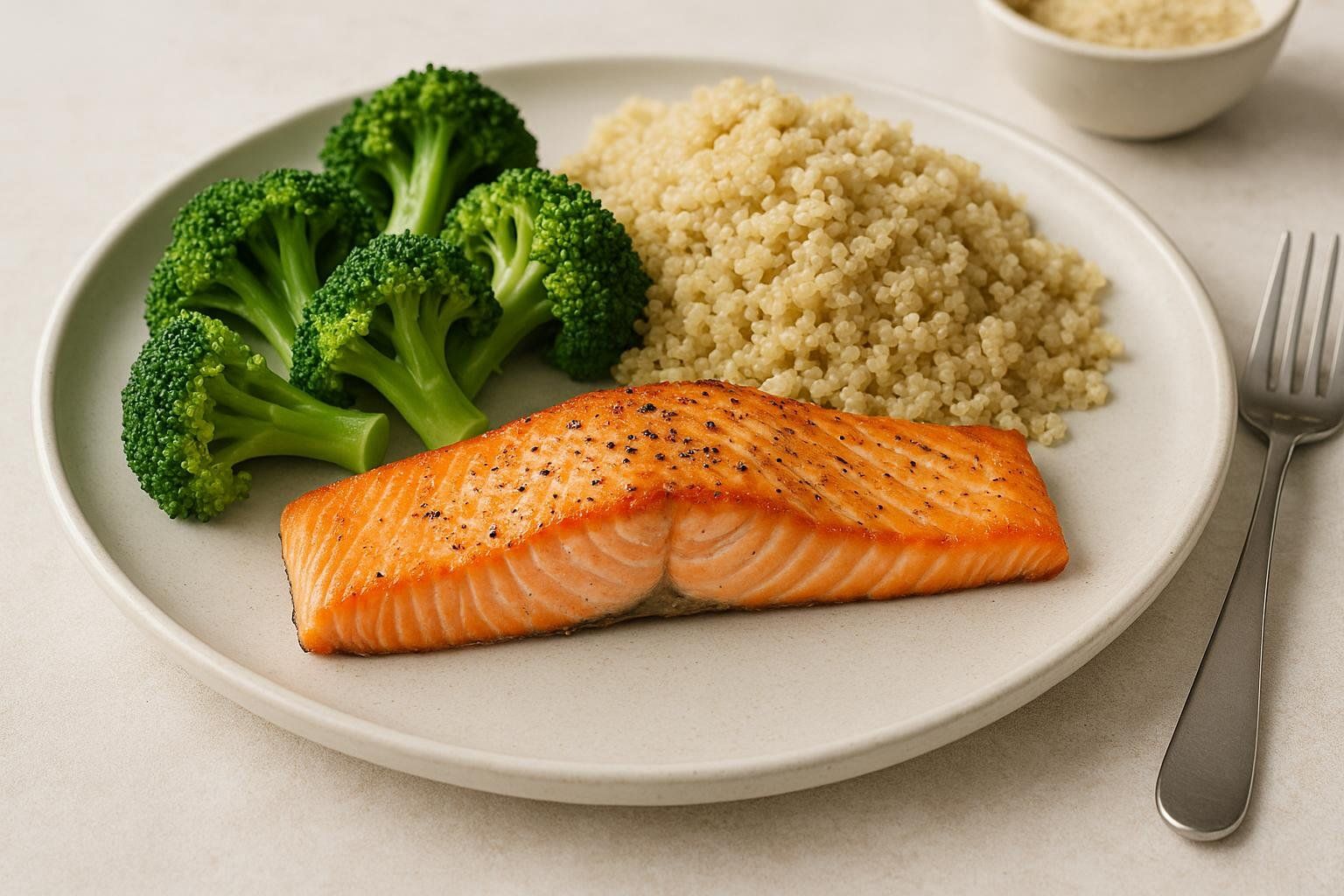
- Cholesterol: Many healthy adults test every 4–6 years; higher‑risk folks go sooner (CDC).
- Diabetes: Routine screening begins at age 35; repeat at least every 3 years if normal (ADA 2024).
- Protein for older adults: Adults >65 often benefit from higher protein to preserve muscle — the PROT‑AGE consensus suggests ~1.0–1.2 g/kg/day, and 1.2–1.5 g/kg/day with illness or heavy training (discuss with your clinician) (PROT‑AGE).
- Alcohol: If you drink, know the risk is dose‑dependent and starts at the first drink.
Your 30‑Day Longevity Sprint (Repeatable Block)
Use this focused month to set your baseline and build momentum.
Week 0 (Setup)
- Book a baseline BodySpec DEXA scan and set a re‑scan date in 8–12 weeks.
- Choose your tier (Basic/Intermediate/Advanced). Pick 3 non‑negotiables.
- Gather recent labs or ask your clinician about cholesterol timing (CDC) and diabetes screening from age 35 (ADA 2024).
Week 1

- Move: 30 minutes brisk walking most days + 2× 20‑minute full‑body strength.
- Eat: Mediterranean pattern 80% of meals; fish twice; add olive oil and legumes (JAMA Network Open, 2024).
- Sleep: Set a tech curfew 60 minutes before bed; target 7–9 hours.
Week 2
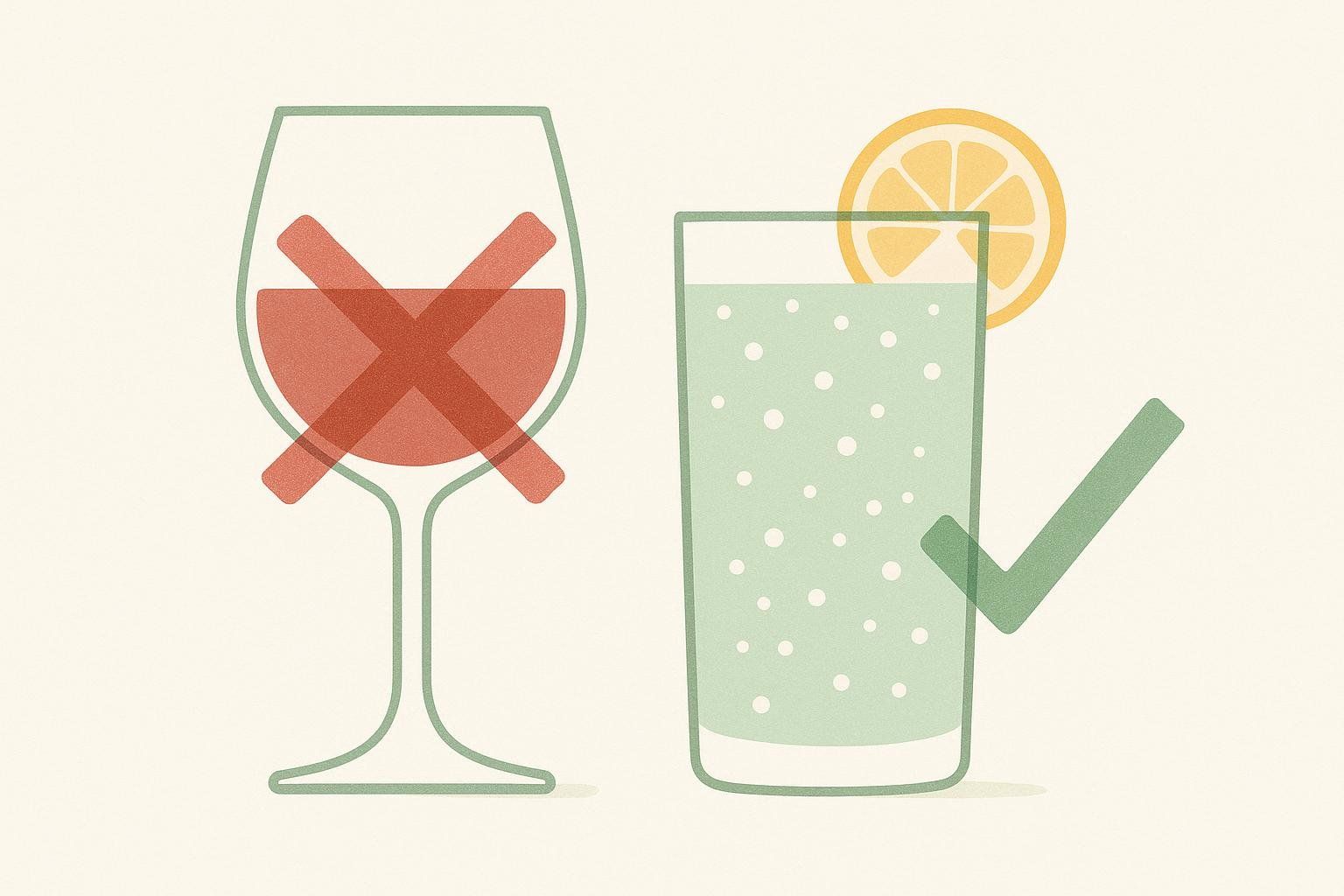
- Add 1 interval workout: 8× 1 minute hard, 1–2 minutes easy.
- Track waist at navel (same morning each week). Log energy and sleep.
- Review alcohol exposure; plan zero‑alcohol swaps.
Week 3
- Strength 3×/week; keep intervals 1–2×/week.
- Hit 25–35 g fiber/day with veggies, beans, whole grains.
- Use our Metabolic Age Calculator to gauge resting burn and help set calorie targets.
Week 4
- Walk audit: add +1,500 steps/day to your baseline.
- Meal prep two protein‑rich, Mediterranean‑style dinners.
- Book month‑2 DEXA if not already scheduled.
How recurring DEXA scans power your protocol
Regular DEXA isn’t just about “before and after” photos — it’s your navigation system.
- Baseline clarity: See your starting fat mass, lean mass, visceral fat (VAT), and bone density so your plan targets the right things (what DEXA measures).
- Focus on trends: Re‑scan every 8–12 weeks to confirm the plan is working — VAT trending down, lean mass steady or up, bone density stable.
- Early warnings: If bone density trends downward, bring it to your clinician. You may benefit from a bone‑forward plan (calcium/vitamin D, progressive strength, impact loading). Read more on strength training for bone density and when women should get a bone density test.
- Protect your muscle: Keep an eye on ALMI (appendicular lean mass index). If it drifts down during fat loss, increase protein and adjust strength work.
- Precision and safety: DEXA provides stable, repeatable measurements with a very low radiation dose (Bone review).
Learn how to interpret your DEXA results and spot meaningful changes.
What to Track (and How Often)
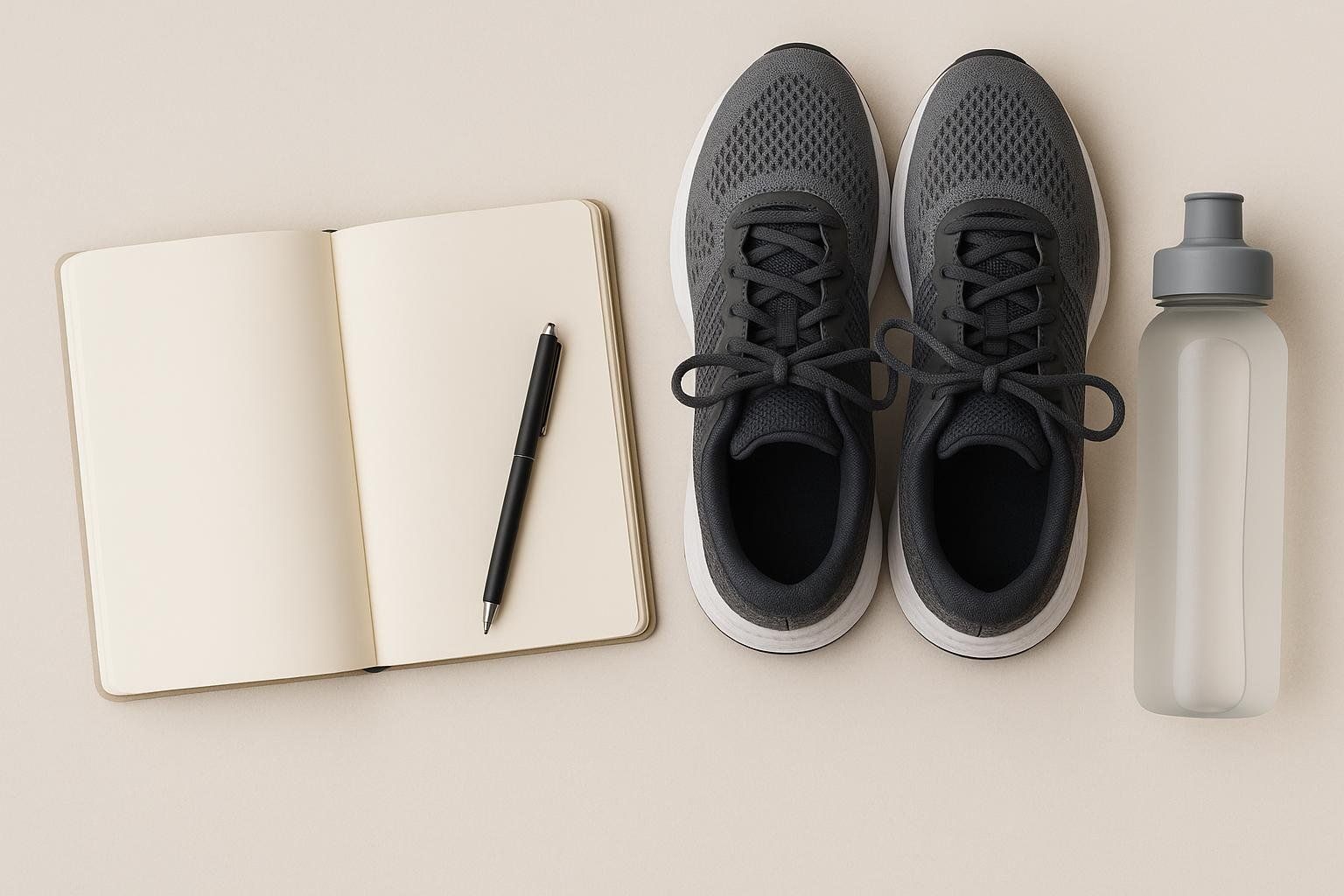
At home
- Waist circumference at navel (weekly)
- Resting heart rate (weekly)
- Steps and workouts (daily)
- Sleep duration (daily)
In clinic
- DEXA body composition baseline; re‑scan every 8–12 weeks to monitor fat mass, lean mass, VAT, and bone density (DEXA primer; Bone review).
With your clinician
- Cholesterol panel: many low‑risk adults test every 4–6 years; higher risk = more often (CDC).
- Diabetes screening: begin at age 35 (earlier if risk factors), repeat at least every 3 years if normal (ADA 2024).
- Optional “healthspan panel”: ApoB, hs‑CRP, Vitamin D — interpret alongside lifestyle changes.
Budgeting Your Longevity Protocol
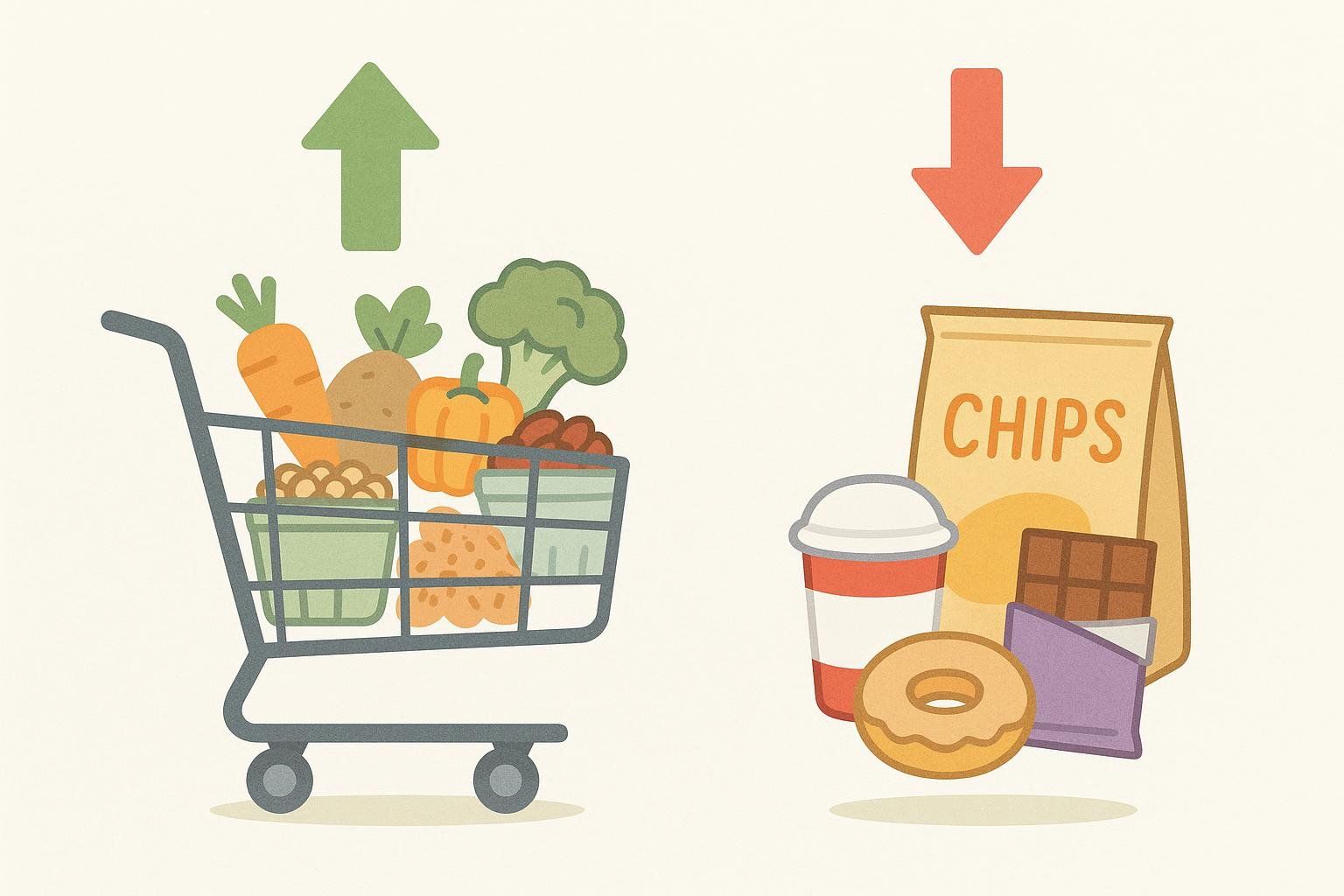
- DEXA scans: BodySpec offers affordable single scans and memberships for regular tracking — see What Is a DEXA Membership? and Find a DEXA Scan Near You.
- Food: A Mediterranean‑forward cart (beans, grains, frozen vegetables and fish, olive oil) is cost‑effective and scalable. See The Longevity Diet.
- Wearables: Nice to have; not required. Nail sleep, steps, and strength first.
FAQs
Is there a “best” longevity supplement stack?
Short answer: not universally. Focus on the big rocks first — sleep, activity, diet, muscle, and body composition. Discuss any supplement with your clinician for safety and interactions.
Should I try prolonged fasting or fasting‑mimicking diets?
Emerging research is promising for metabolic markers. Always discuss fasting with your clinician before trying it, as medical supervision is critical — especially if you have diabetes, take medications, or have a history of disordered eating. You can still get most benefits by mastering daily nutrition and the training pillars above.
How fast can I expect to change visceral fat or muscle?
VAT often responds within 8–12 weeks of consistent training, sleep, nutrition, and reduced alcohol. Muscle accrues slower; aim to preserve or gradually increase lean mass while losing fat — your DEXA interpretation guide will show the real story.
How do I personalize targets?
Start with the tiered table. If you’re >65 or in a catabolic state, consider the PROT‑AGE protein range and prioritize resistance training (PROT‑AGE). If you’re new to exercise, meet the CDC minimums first, then layer intervals and more strength.
The Bottom Line
A longevity protocol doesn’t have to be complex or expensive. Nail the evidence‑based basics — move, sleep, eat Mediterranean‑style, limit alcohol, and track body composition — especially visceral fat, lean mass, and bone density — with periodic DEXA. Focus on consistency in 30‑day cycles, use objective data to adjust, and let the compounding benefits stack up over time.
Ready to start? Book a BodySpec scan and set your 8–12 week re‑scan now.
